Education, Democracy and the Gearbox of Capitalism
It used to be easy to chalk up inequality in America as resulting from the messiness of a complex society or, what Eduardo Galeano notably referred to as the machinations within the “gearbox of capitalism.” Today though, it’s not difficult to see the intentionality of broader education reform as merely another component of the neoliberal efforts to dismantle public systems. Education, healthcare, energy, and prisons are just a few of the public sectors targeted to be replaced with for-profit, private enterprise designed to extract money from the tax base and send it into the pockets of shareholders.
Education in particular, the single greatest force for increasing democracy, faced specific strategies which have also begun to surface as being wholly disingenuous and with a singular motivation not to improve student achievement, but rather to increase private wealth and disenfranchise millions of children in an effort to immortalize the 19th and 20th century power and race dynamics in America.
The gearbox is indeed messy but is still designed to serve a very specific purpose within a larger system. Taking hold in the 1970s and 1980s, the Rosetta stone in the privatization takeover, that made a clumsy idea into federal law, was the horrific assessment plan known as No Child Left Behind and it played a pivotal role in this shift in education. But in reality there were two different assessment plans – more acutely – two sets of books.
The first presented altruism to the parents, children and educators, that test scores were all that mattered because, of course, we couldn’t accept anything less than high achievement numbers for our children. This led to massive expenditures on an entire cottage industry of testing, specialized test curricula and training that redirected funds away from broader academic pursuits and narrowed curriculum in thousands of schools across America. The other plan simply counted the windfall in private profits and the increase in market capitalization in the education sector that came from re-routed school spending as well as the formulation of a parallel education system that siphoned money away from federal and state education budgets.
The assessment model created some very unique incentives and the schools who “performed” best were the ones that became most skilled at gaming the metrics. It almost always involved narrowing curriculum, ramping up test prep and fundamentally limited learning opportunities for thousands of children to focus on testing. Many directed teachers not to target students too far behind or above the proficiency curve – but instead the ones right on the cusp easiest to move into proficiency that would enhance the school’s annual progress report. Many charters abandoned the effort altogether simply overloading their enrollments before state attendance funding dates then, before exams, purging the highest need and difficult to teach students back to traditional schools, while keeping the funding to ensure they had a budget surplus to teach the kids that were already known to do well on tests.
Schools in wealthier communities that didn’t received Title I funding were exempt from the experiment altogether and were viewed par excellence by virtue of their access to healthcare, educated parents, and the capacity to write checks at the local (for profit) tutoring center to pick up whatever slack was left by the school that was under no real edict to perform at all.
Incidentally, the assessment model began to invert our understanding of what a good school was. Witnessing how outcomes were achieved makes it hard to really believe a school that spent half a year on test preparation or only taught kids that were already high achievers was actually any good at educating children.
Moreover, it offended the sensibilities of most anyone who paid attention to education issues. The linear, predictable education system that we all thought we knew was slowly becoming very complex. Words we collectively understood like achievement, quality, even education once had clear meanings in the broader culture. Now these words were attached to numbers which were achieved by counterintuition. It used to be relatively clear how pressure exerted in one place – a program or curriculum – would impact the student experience. Now, a science project or staging a play might detract from English and math preparation and decrease achievement – or the illusion of it anyhow. There were more variables to calculate and far more risks.
But this complexity was intentional too. Schools became so confounded by trying to nudge numbers a few points each year that the actual metrics – the market capitalization of the education industry, surged with hardly anyone noticing. Money earmarked for schools was simply re-routed to companies that claimed to be able to solve the very problem of achievement they helped create through their lobbying and advocacy of the testing model in the first place. State expenditures on testing grew from $390 million dollars in 2002 when NCLB was passed and today sits at over $1.7 Billion. Revenue for the top five publicly traded companies doubled within six years of the law while market cap nearly doubled. Mergers and acquisition grew more than 1000% in the same period and even venture capital exploded from a meek $13 Million investment in 2005 to over $1 Billion today.
Gaining even a momentary glimpse at this blueprint crafted by proponents of free markets, we know today the intention was not to make better schools, but to sabotage the very ones that gave rise to a civil rights movement, empowered social change and made the establishment uncomfortable. So great was the fear of a take-over from the bottom, it was determined that there was more profit to be made from the nation cannibalizing itself, allowing the rich to prey upon the poor and vulnerable, than from building up the people to empower its institutions, industries, and businesses to affirm its status as a global force for democracy and individual liberty.
Yet nearly twenty years after the signing of NCLB into law, the achievement results have been wholly negligible with the latest PISA exam even showing the reforms to have increased the achievement gap between rich and poor. Unsurprisingly, the very data depicting the “rising tide of mediocrity” that was cited as the need for such privatization measures in the 1980s, suddenly has no place in the debate about whether we should keep redirecting billions of dollars into these systems instead of back into schools, teachers and kids who continue to do far more with fewer resources and greater efficiency.
It’s now clear the real assessment plan was in that second set of books that tracked the private profits. The real motives of education reform are succinctly captured by Gordon Lafer in his 1% solution writing: “Teach whatever you like, as long as it generates a 15% rate of return.”
Neoliberalism’s 20th century exploits are more commonly known as a mechanism for globalization and expanding American influence abroad through market creation. The tactics, despite frequently being at odds with our humanitarian ethics, were nevertheless about promoting the American economy globally. But it should not go unnoticed that the use of foreign policy tactics on the homeland stands as one of the most critical shifts in American domestic policy that began driving a wedge between two Americas and which has reached its logical conclusion in the last half decade.
Just like education was thrown into confusion by redefining core features of our common sensibilities, the need to redefine basic terminology to suit a new political agenda is also happening in the broader body politic of America. The increasingly convoluted meanings of words like “freedom,” “liberty,” and “democracy itself have been pillaged to patronize people who feel society has tilted too far in favor of marginalized populations. As articulated brilliantly by critical theorist Wendy Brown, democracy, in the view of a sizable portion of Americans, is what was in place when the characteristics of white, Christian and male carried with them privileged status in America. Efforts to increase equity and inclusion are viewed as unequal and a violation of democracy – not a reinstatement of its core features that have been betrayed for decades. Similarly, “Freedom” has abandoned notions of social or community responsibility as well as the notion that reckless individual behavior limits the freedom of others to participate in society.
This same rugged individualism has forced education to morph from a service designed for the betterment of society, instead into a consumer product for individual gain. The assessment systems have done little more than incentivize the type of competition and resource hoarding that guarantees certain schools, children and communities get less.
Assessment in K12 needs more than an update – it requires a fundamental reset of the way it understands the current socio-economic realities of America as well as the fundamental differences between public services and private goods. It requires new analytics able to account for the work a school is actually doing and not simply the social and economic benefits for which it gets credit or is penalized. It needs to understand the tensions between a high performing school and the tactics it uses to displace what it views as liabilities and the damage it causes in a community that has been sacrificed for the sake of a single high performing unit. And we need to stop pretending the purveyors of the current system are simply unaware of the collateral damage they are creating and that this is all somehow just the messiness of a bureaucratic gearbox.
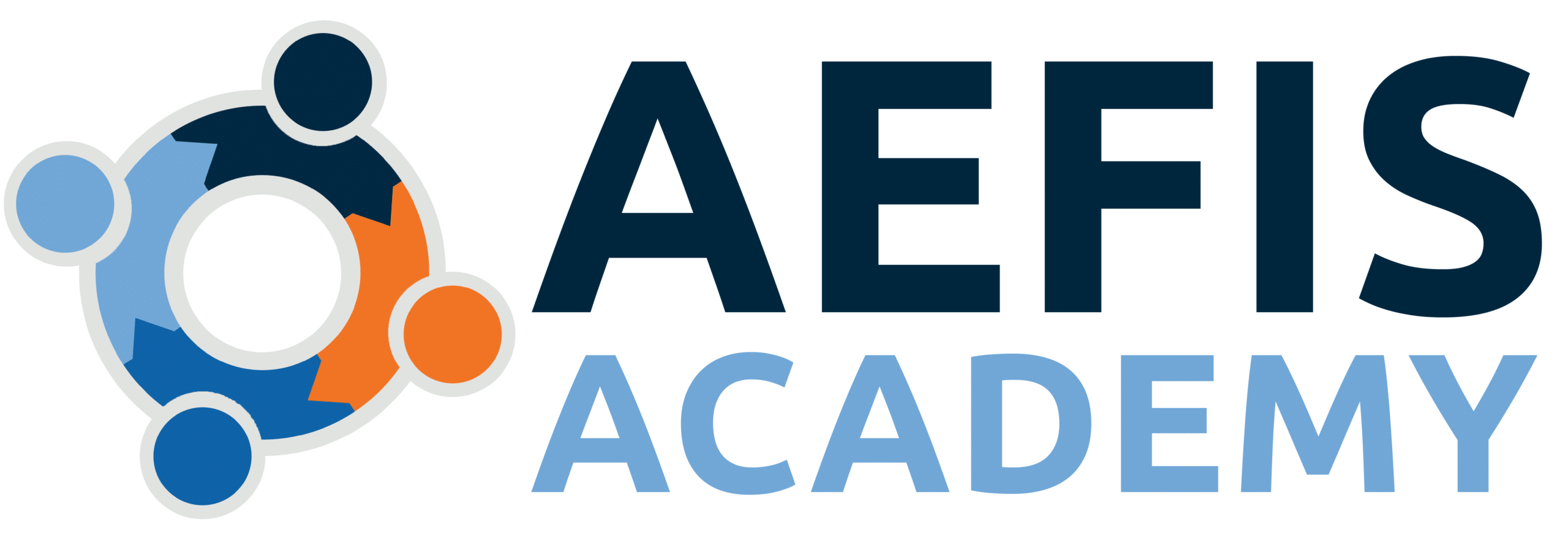

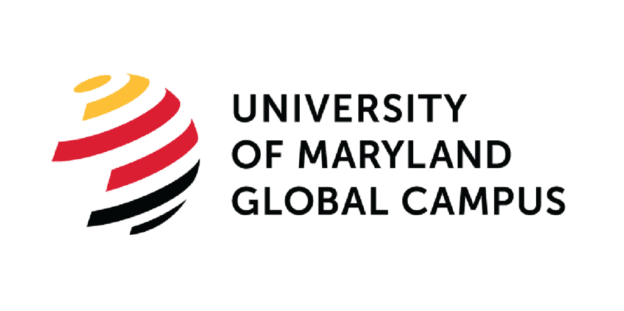
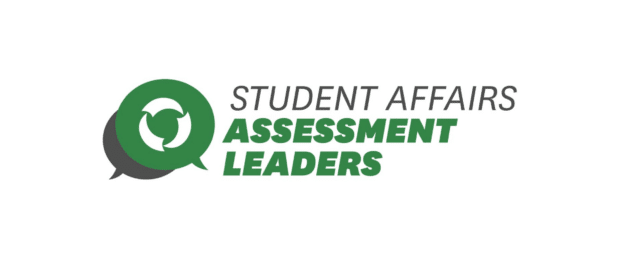
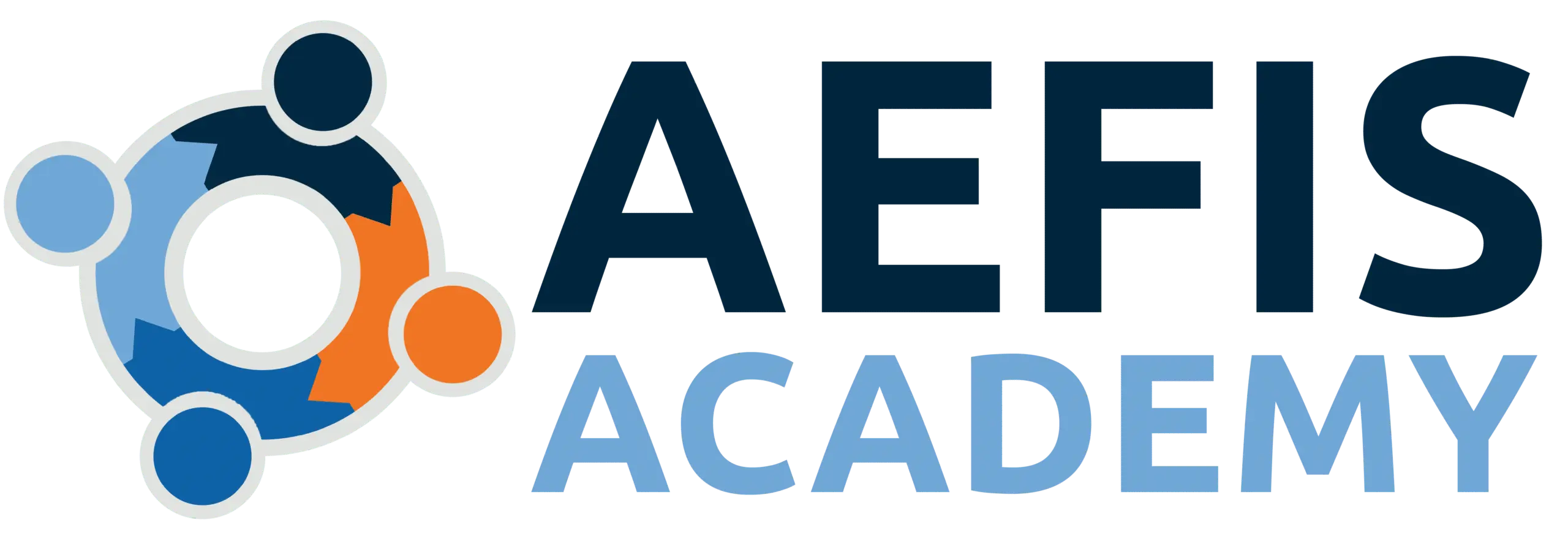
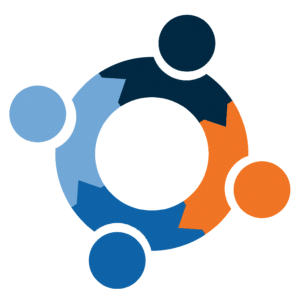
Discussion